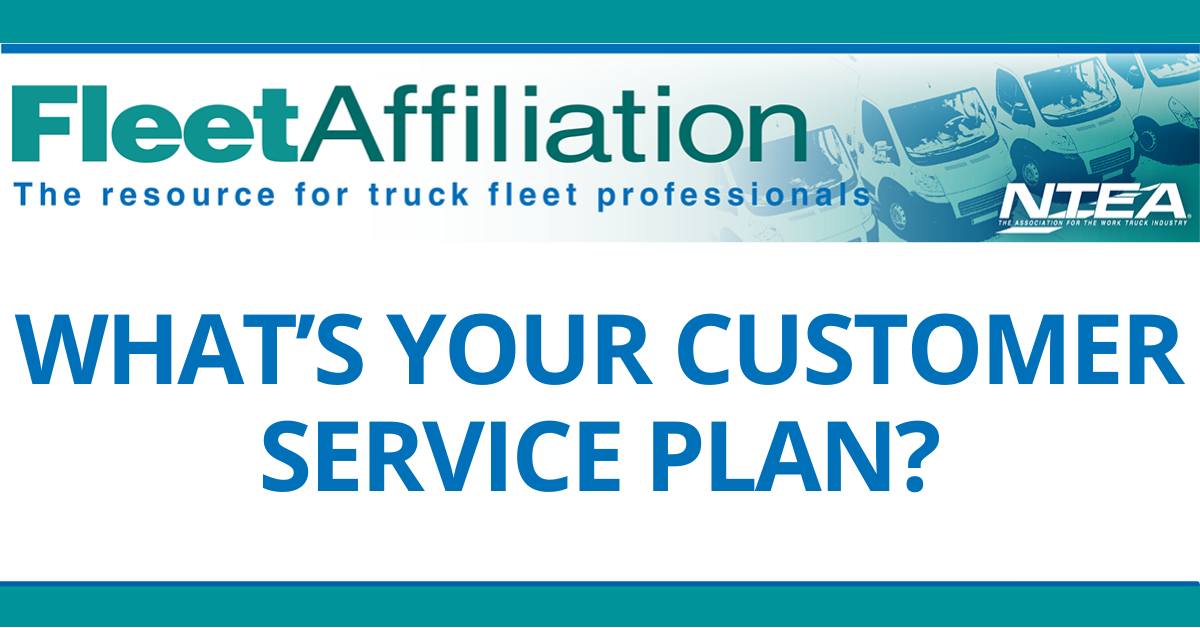
Published in May 2022 Fleet Affiliation.
Do you view fleet equipment end-users as your employees or customers? Although they may be employees of your organization, end-users should ideally be viewed as your customers. And like any customer, they also likely have expectations of good customer service.
Providing superior service to these end-users will often result in improvements to your bottom line. The first question to ask yourself is if you have a beneficial working relationship with these customers. If so, this is a good opportunity to gain knowledge of their needs, thereby streamlining efficiency and improving the bottom line. Actively establishing good relationships and viewing employees as customers will often result in lower maintenance costs, fewer instances of equipment misuse and abuse, and lower costs of new equipment.
Take the first step
The first step to transitioning a relationship from employee to customer is to open up with two-way communication. These customers often have hands-on knowledge of how equipment is used in the field. Take advantage of this information. Once that relationship is established, you are on the path to provide excellent customer service and provide for their needs.
The second step is to identify your customers’ expectations. This isn’t as simple as it may appear to be, because people interpret things according to their own perspectives. It may be beneficial to have a written plan for your customer service expectation, much like a quality assurance plan.
Define customer expectations
Two important criteria can help manage expectations.
- Have a clear product and service. Much like relationships with suppliers and upfitters, as a fleet, the product is a vehicle or piece of equipment and the service maintenance and uptime. Streamlining these elements can greatly impact your reputation for customer service.
- Effective two-way communication will provide you with the tools to continue to improve shop operations. This includes understanding how your customers use equipment and finding how equipment is used vs the designed use. With the right information, you will be able to provide more efficient equipment in the future.
By building this relationship, your customers will see you as a resource and provide accurate feedback that can be used in making management decisions
Customer service killers
Weak customer service can affect the bottom line – and there are many aspects on which fleet providers can focus. These customer service killers include excessive leadtimes for replacement equipment, failure to meet delivery date (e.g., repairs on time), product and service quality issues (such as re-works), excessive downtime, and poor product support.
As a fleet manager, you may not have direct control over some of these aspects, but many of these issues can be improved or even eliminated when you take the extra time to work with your suppliers and vendors. After all, your suppliers and vendors regard you as a customer, and they are in a position to understand the importance of customer service. It may be beneficial to educate them that your internal customers require the same level of service.
